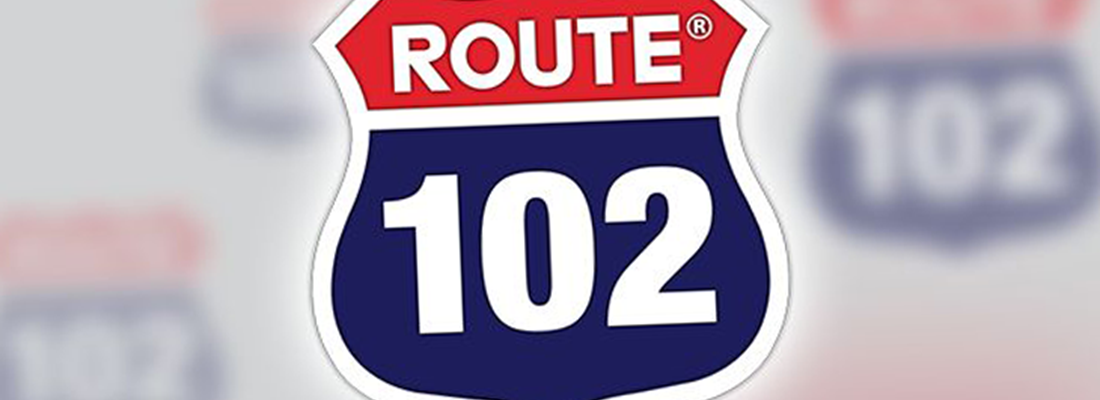Route 102 – One man’s year-long journey……Day 47

To mark this momentous year for UK GAAP, I'm embarking on a mission to work my way through FRS 102, reading a portion on each working day of 2015 and writing a short blog entry on my thoughts and musings (be they few or many).
Day 47 (13 April)
I'm back, having escaped death threats from my Leicester-supporting colleagues (and with another win at the weekend, there's a glimmer of hope in their eyes), still looking at section 13 Inventory.
Section 13 is a good example of how the presentation of material in FRS 102 differs from 'old' GAAP. In this case, (full) UK GAAP for stock is set out in SSAP 9, dating back to 1975. Ignoring long-term contracts (LTCs), the actual 'standard accounting practice' for stock is only two paragraphs long. One of these states that you should use the lower of cost and NRV. The other explains where it appears on the balance sheet. That's it.
However, that isn't it, of course. SSAP 9 has a lengthy introduction (20 or so paragraphs, not including those on LTCs) and an appendix (20 more paragraphs) to explain how to calculate cost and NRV. By comparison, section 13 is briefer - thirteen paras (13.6-13.18) cover cost, para 19 covers impairment - but there's no distinction in this case between the standard itself and guidance material. It's likely (okay, it's possible) that you have a preference for one approach over the other.
So are there any noteworthy differences in treatment? Some people have made much of the fact that the last-in-first-out (LIFO) method is now expressly prohibited by FRS 102 (13.18). However SSAP 9 wasn't especially keen on LIFO because of the potential distortion to the balance sheet by including costs that do not reflect recent levels, and its guidance notes stated 'This places a special responsibility on the directors to be assured that the circumstances of the company require the adoption of such a valuation method in order for the accounts to give a true and fair view.' One wonders how many people maintained a LIFO approach and thus would be affected by the new prohibition.
Company law also allows carrying inventory at current value, an approach that conflicts with both SSAP 9 and FRS 102, so there's little difference here either.
Tomorrow, I'll look at disclosure differences for inventories, and then it's on to section 14...
P.S. If you missed the last instalment click here




